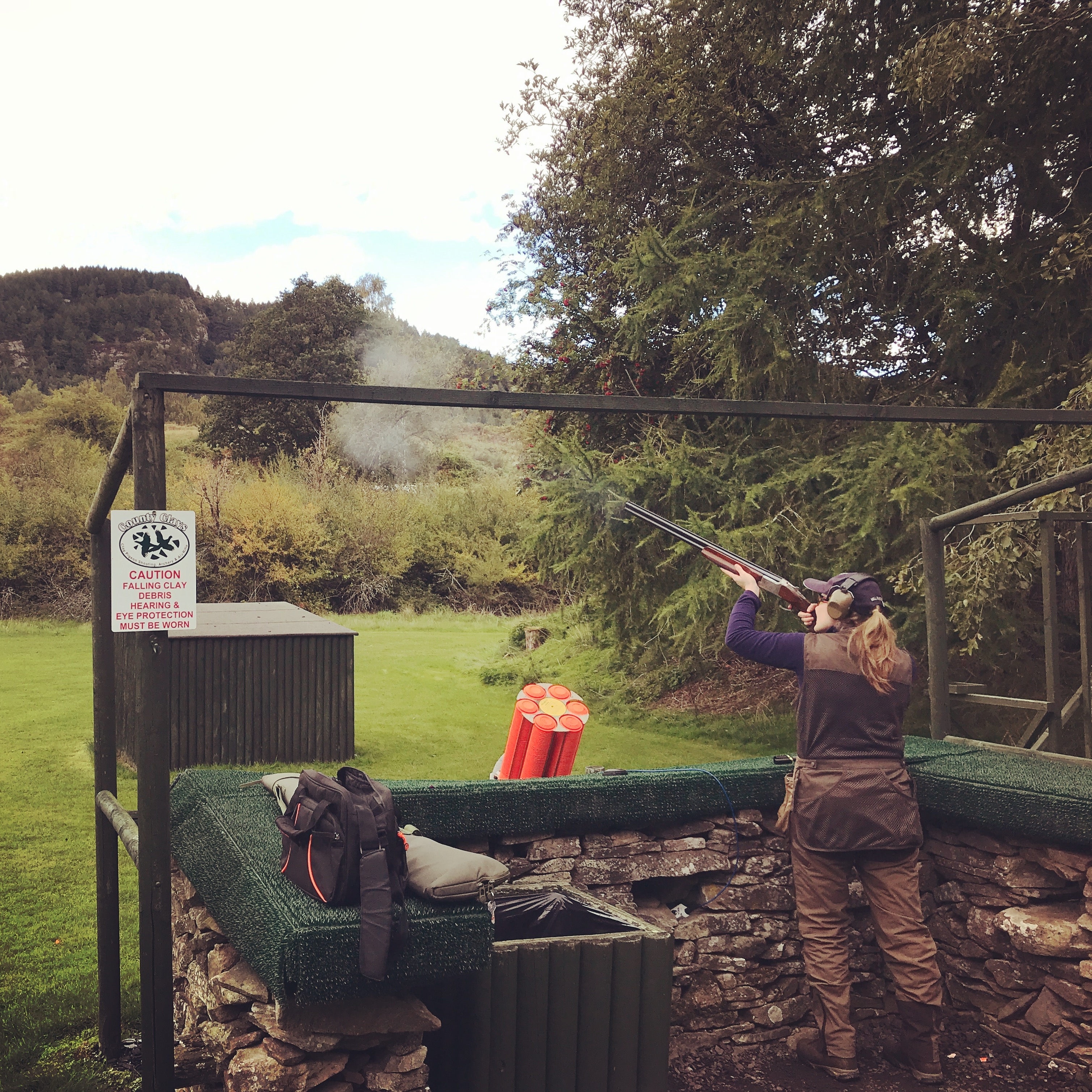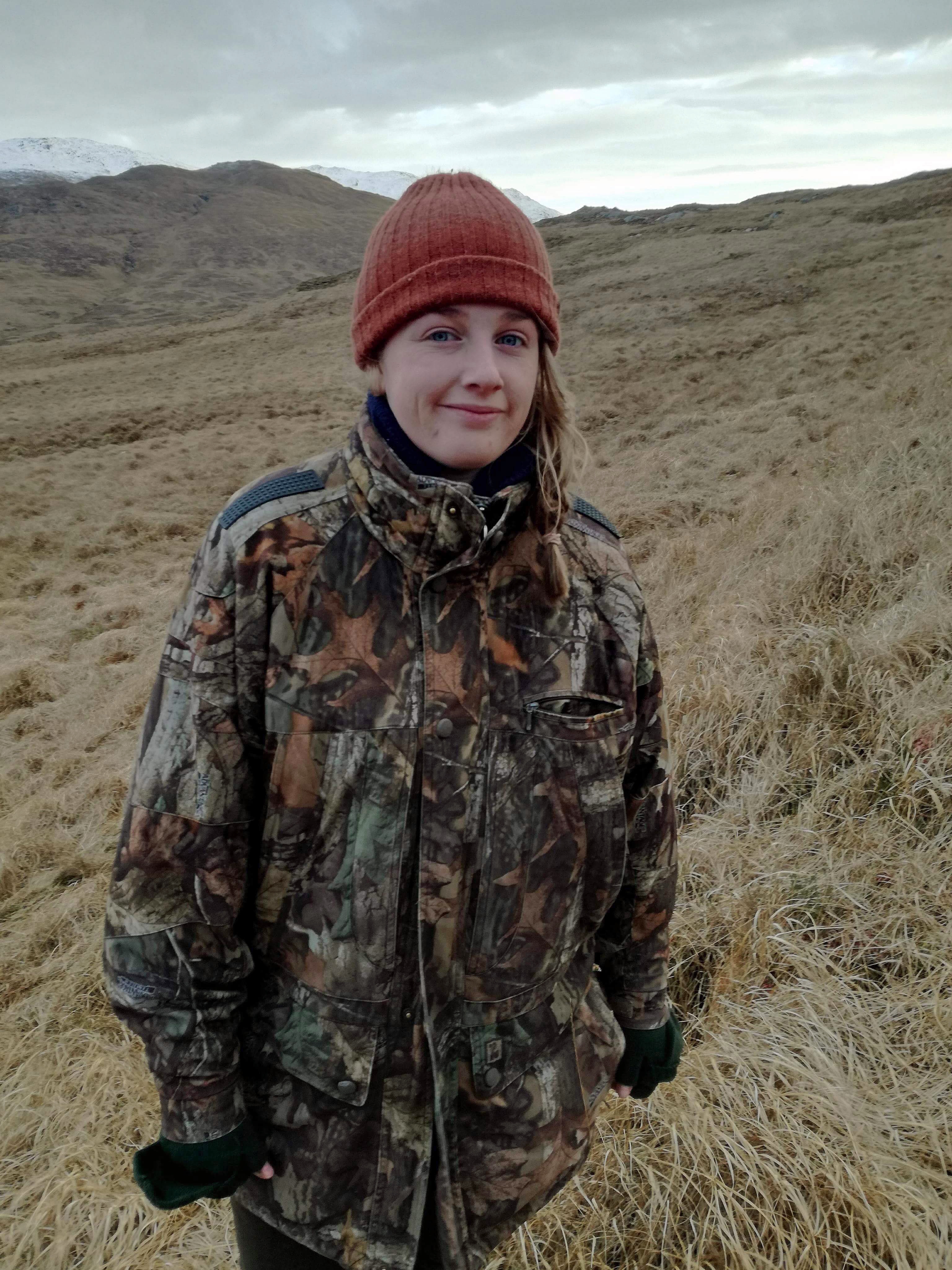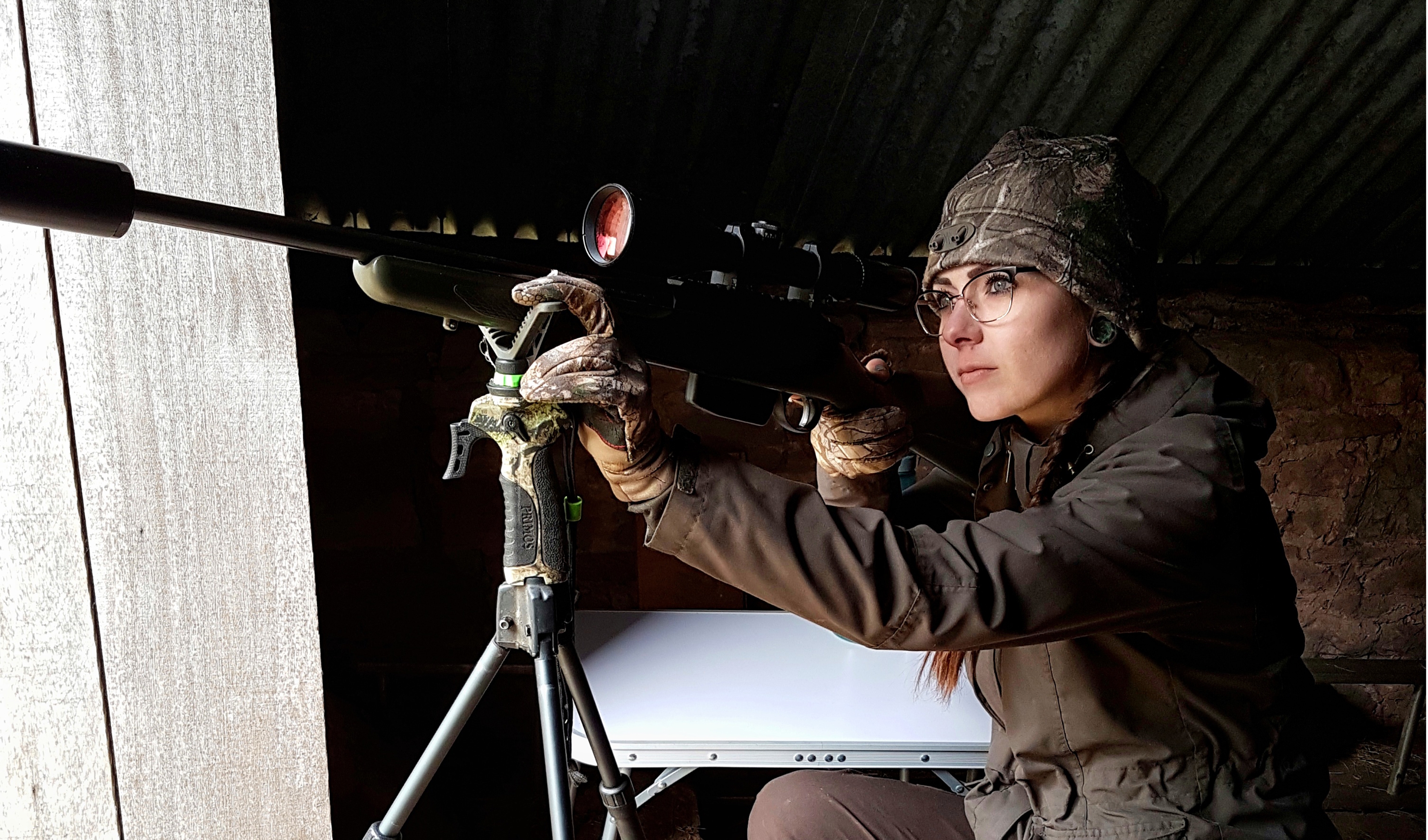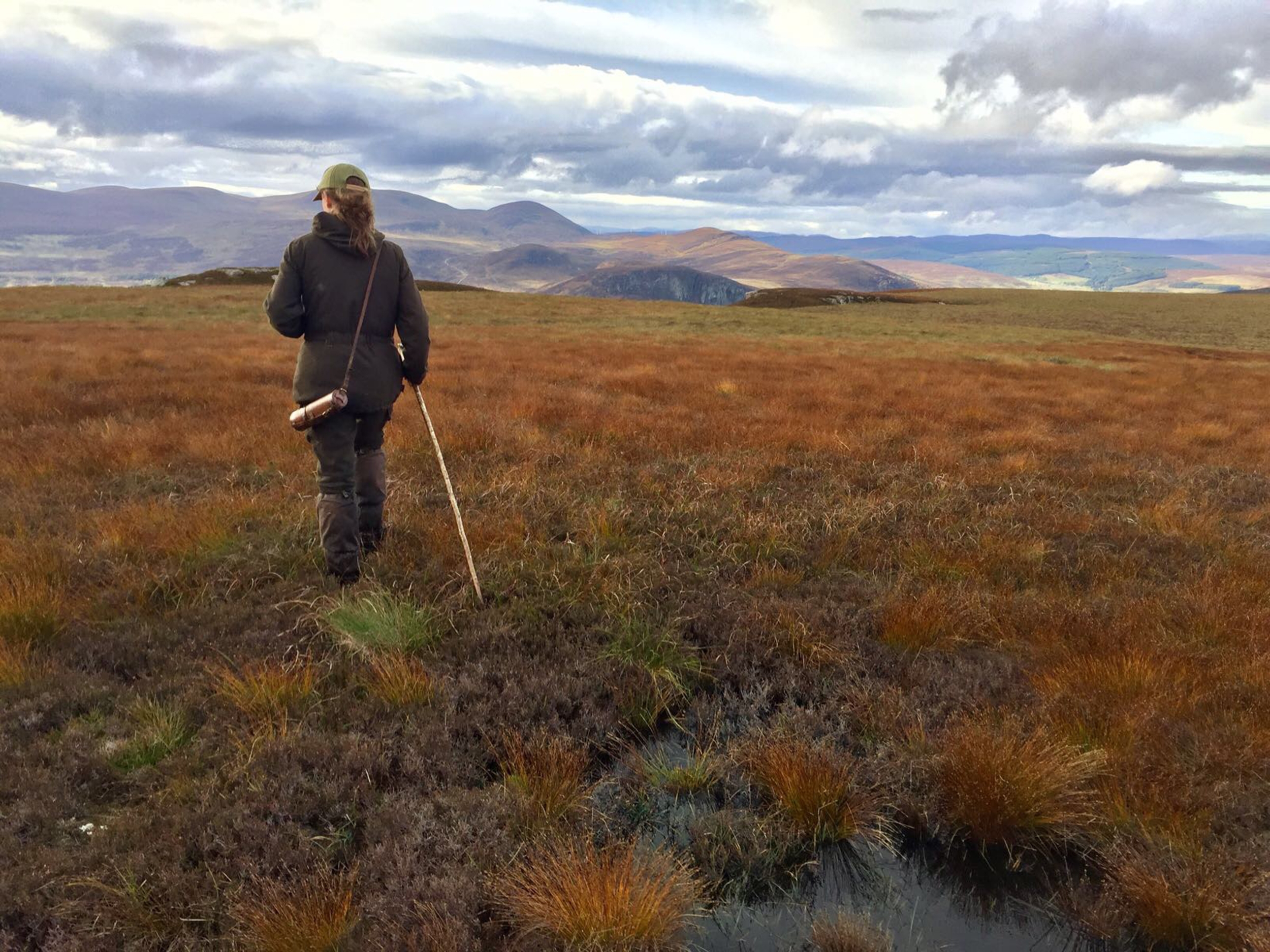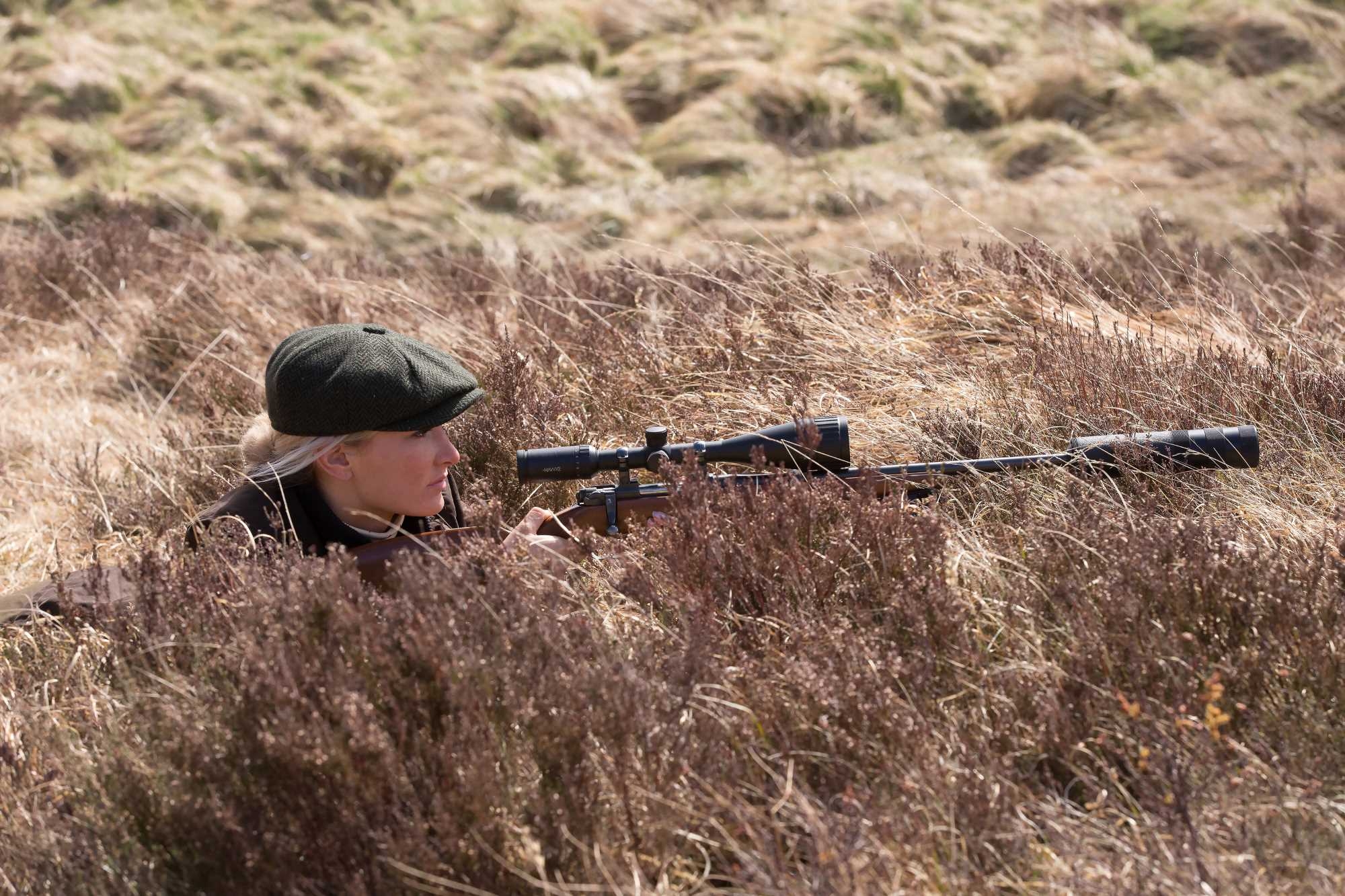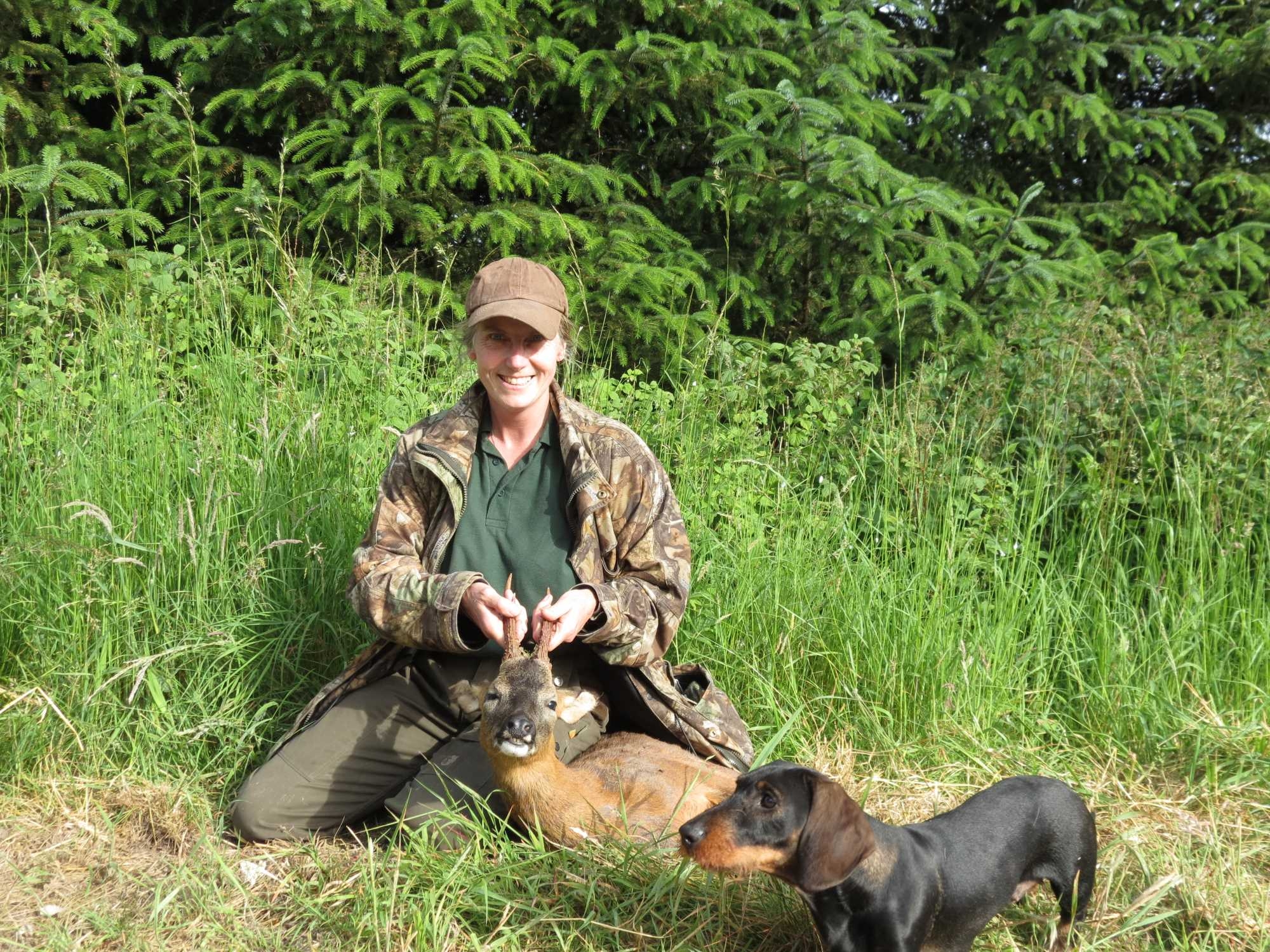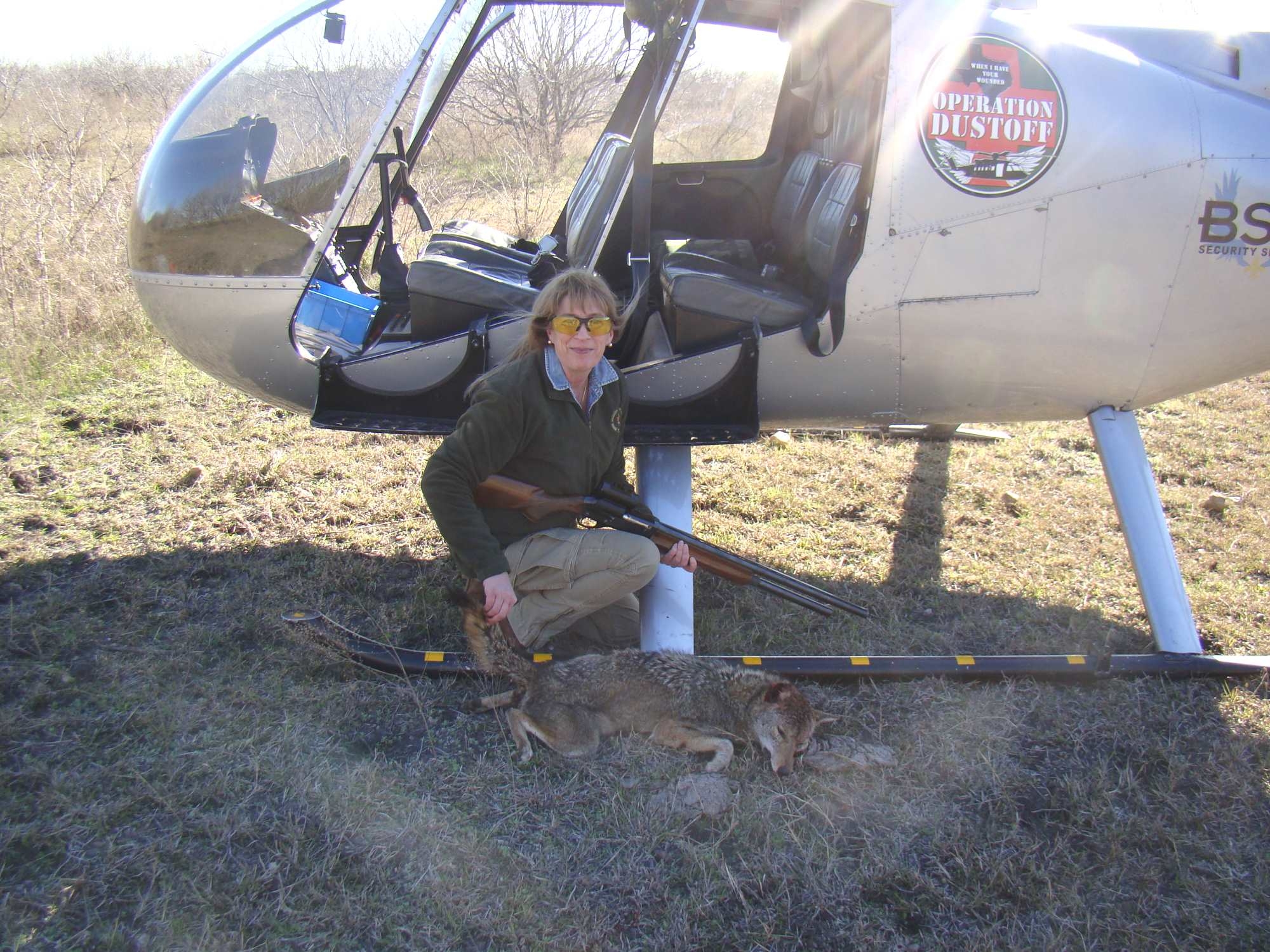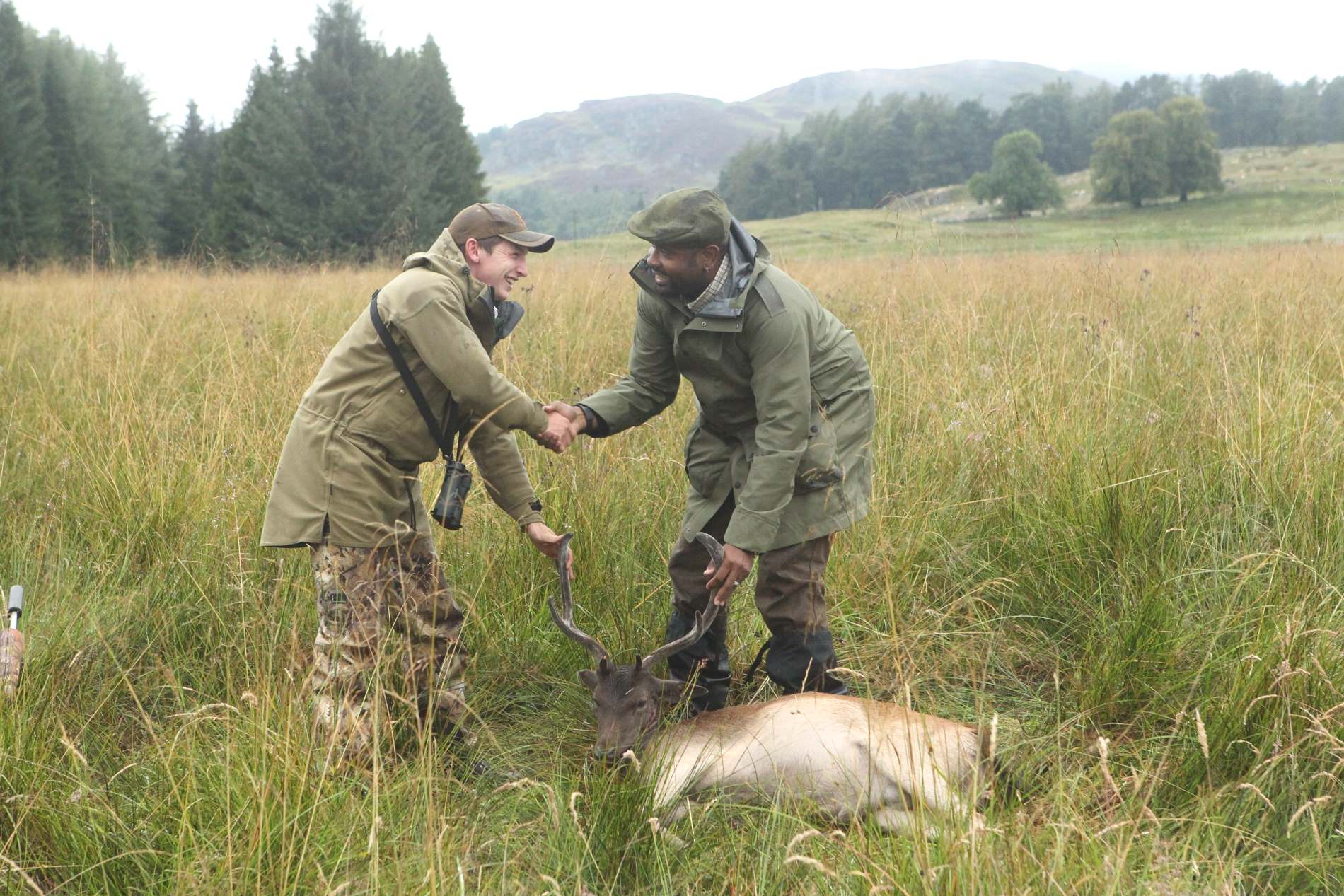Originating in China, the Reeves’s muntjac (Muntiacus reevesi) was brought to Britain in 1838, but the first releases into the wild were made in 1901 by the 11th Duke of Bedford at Woburn, Bedfordshire. Further releases followed, especially in the 1940s and 50s, and muntjac steadily established themselves across southern and eastern England, where today they are widespread.
What is a muntjac deer?
A small deer, about the same size as a Labrador and weighing around 15kg for an adult buck, muntjac are busy animals, constantly on the move but rarely straying far from dense cover. The buck carries two sharp tusks and a pair of short antlers, the classic form in a mature animal consisting of a single spike of 8-10cm plus a 1cm brow point. Antlers are shed annually between May and early July. There is, however, no specific breeding season, and does may mate or give birth, usually to a single fawn, at any time of the year. Thus there is no close season protection and muntjac may be hunted the year round.
Being an animal of heavy undergrowth, muntjac communicate both by scent and by their bark, which can often be heard in woodlands across southern England and is not unlike the bark of a small dog. For the deer stalker, the bark is an instant indicator that there is a muntjac close by.
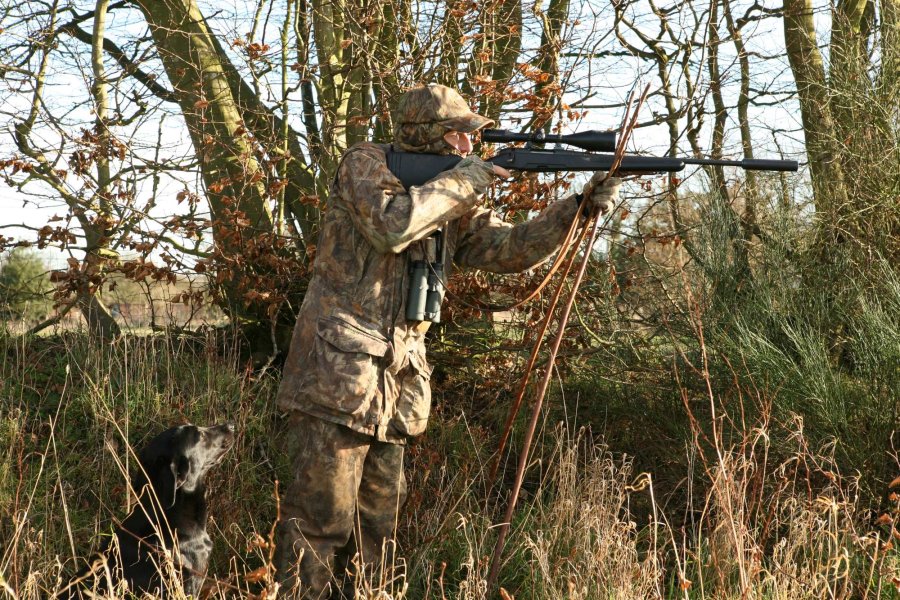
How to stalk muntjac
Muntjac can arouse strong emotions. While some people like to see these little deer during their walks in the countryside, the animals are widely hated by foresters, gamekeepers, gardeners and conservationists for the damage they do to young trees, wild flowers and garden plants, and as a non-native invasive species with no natural predator, it is up to man to exert at least some control over their numbers.
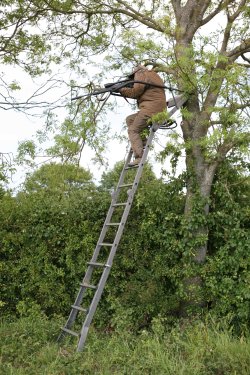
This should be done with a suitable rifle. Although some .22 centrfires may lawfully be used to shoot muntjac, the ideal all-round calibre is the .243, which has the advantage that it is also legal for Britain’s other deer species.
A soft nosed or expanding bullet of around 100 grains is perfect. Most stalking takes place in and around woodland, with shots often being taken at less than 100m, so high powered optics can be a positive disadvantage. I generally use a pair of 8.5x42 binoculars and set my variable scope at about x7. Increase the power much above this and you can have difficulty picking up a small target quickly in dense woodland. Comfortable camouflaged clothing and boots plus a pair of stalking sticks completes the picture.
You will find an interesting article about how to hunt Munjac here.
Who is our author Graham Downing ?
Graham Downing is a regular contributor to Shooting Times and The Field, and is editor of ‘Deer’, the magazine of the British Deer Society. He is a Vice President of the British Association for Shooting and Conservation and Shooting Consultant to the Countryside Alliance. He is a passionate muntjac stalker and is author of ‘Stalking Muntjac – a complete guide’ published by Quiller Books.



